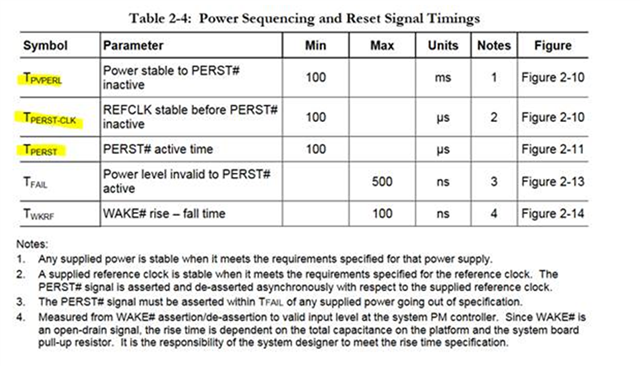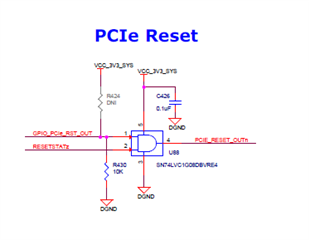Hi,.
We have a question from one of our customers.
They are developing a custom board using AM6412.
They have a PCIe device on their board and they tried to set up SERDES in u-boot to match the timing of the PCIe clock output start with the evaluation board TMDS64GPEVM. I am not sure how to set up SERDES as there is no information about it disclosed, can you please provide me with some documentation or source code to set up PCIe clock output?
Best Regards,
Kouji Nishigata











